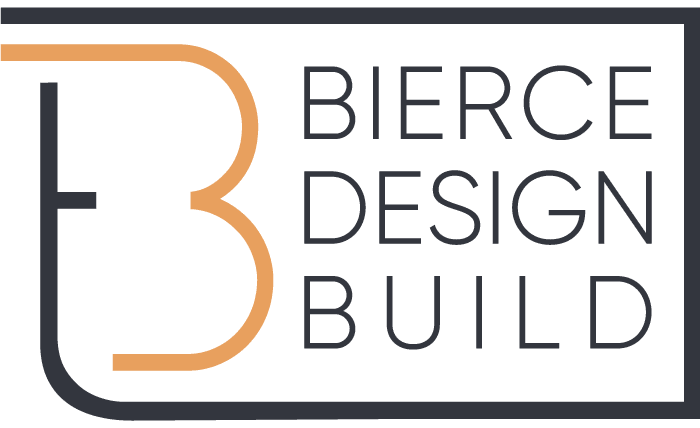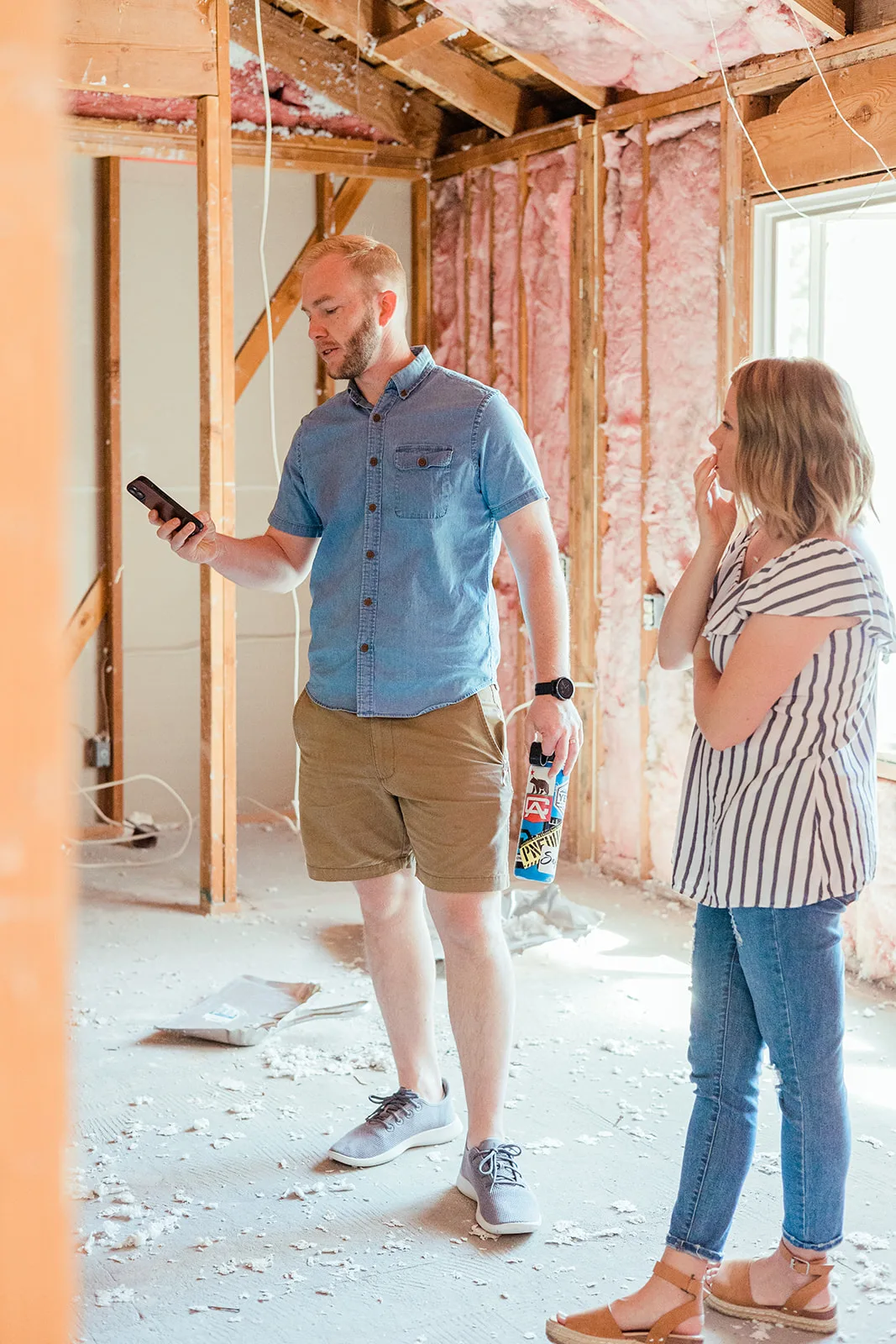Process
Whats the Process?
In the right context surprises can be fun – the thrill of the unknown, the unexpected. When it’s time to build or remodel your home however, “surprise” is not a word anyone hopes to hear. Rarely does that expression precede a statement like “we came in under budget, ahead of schedule, struck gold, and got you a puppy”. Instead, it often precedes some variation of the sentiment “it’s construction, what did you expect?” So we are here to offer you a design-build experience free of surprises, right? Not a chance. As much as we would love to guarantee you a project free of surprises, as long as we work with human beings on planet earth we cannot. How then are we supposed to sit across a table from you and assure the same creative thinking, quality, and experience we’ve given to others? The only way we know to provide predictable results is by providing a controlled process to follow. Through that process we steadily walk together from start to finish with the intention that we can actually set healthy expectations for what lies ahead and how it will be managed. Our hope is that this smoothness and clarity will inspire confidence enough to allow you to sit back and enjoy yourself as we tackle what can otherwise be a very stressful experience.
But why does that matter? Well, because of you. To us, a well built project is nothing more than a pile of sticks and bricks if not for people we build for and with. So this process is built out of our belief that people come before projects.
So how does that process take shape? Well, continue down the page and we’ll do our best give you a big picture introduction.




